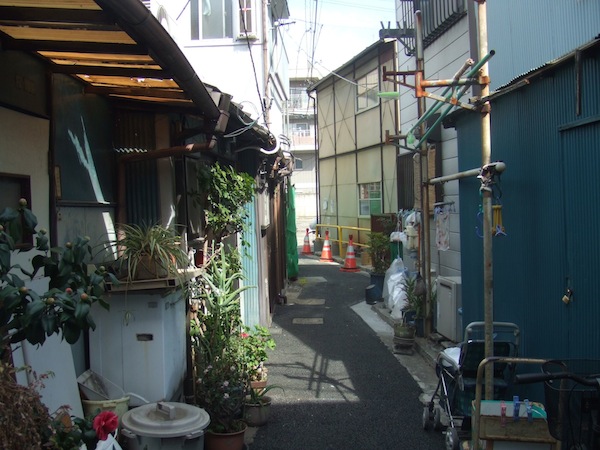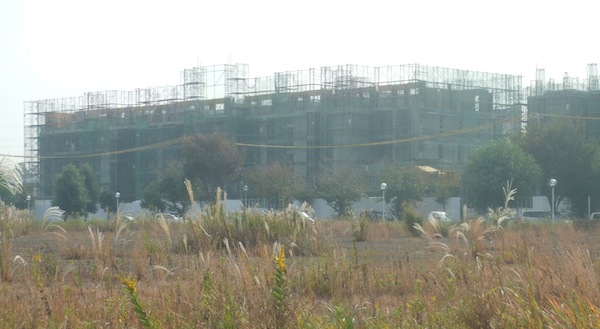Whose view?
 Most place names in Japan are derived from geographical or topographical traits, and one of the most common names in the Kanto area is Fujimi, which indicates that the place has a view of Mount Fuji. The Japanese place a lot of spiritual stock in mountains. Traditionally they were the objects of worship, and Fuji, of course, is practically a religion unto itself. It’s probably no coincidence that “fuji” itself is a homonym for a word that means “live forever.”
Most place names in Japan are derived from geographical or topographical traits, and one of the most common names in the Kanto area is Fujimi, which indicates that the place has a view of Mount Fuji. The Japanese place a lot of spiritual stock in mountains. Traditionally they were the objects of worship, and Fuji, of course, is practically a religion unto itself. It’s probably no coincidence that “fuji” itself is a homonym for a word that means “live forever.”
Nowadays, any address with the name Fujimi attached is highly valued–if, in fact, it still affords a view of the sacred mountain. Tokyo, in particular, is so built up that, according to Tokyo Shimbun, there are only three locations left in the city named Fujimi from which Mt. Fuji can still be seen from the ground. The most famous of these is in Nishi Nippori, a place called Fujimi-zaka, or Fujimi Slope. In early November and late January, photographers and tourists converge at the top of the slope to wonder at the Fuji Diamond, when the sun happens to set behind the mountain’s summit. This year, rubberneckers almost lost their chance, since the weather was cloudy for two of the three days when the diamond view is possible. As it happens, it may be the last time.
That’s because Sumitomo is building three tower condominiums that will forever block the view of Mt. Fuji from the vantage point of Fujimi-zaka. This almost happened before. Back in 1999, another developer announced a plan to build a tall condo within the neighborhood that threatened the view, and local residents formed a committee to protest construction. Naturally, the developer paid no attention, but as it turned out, the building only blocked a small portion of the foot of the mountain. The new Sumitomo project will definitely block the whole thing, so the committee has asked the mayor of Arakawa Ward to lodge a formal complaint with the developer, which reportedly was quite “annoyed” by the request owing to the fact that the buildings under construction happen to be in Okubo, all the way on the other side of the Yamanote Line. Sumitomo bought the land five years ago and says it has complied with all relevant prefectural and ward regulations in planning the housing project, and the ward in question isn’t Arakawa, it’s Shinjuku.

